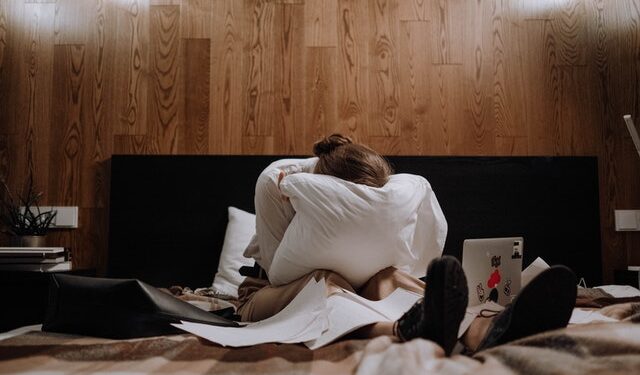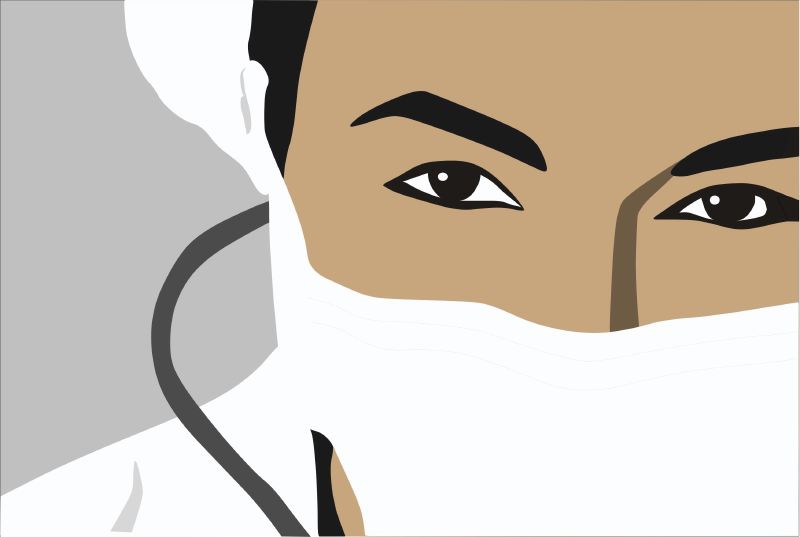
The term “pajama time” — physicians sitting at home, in their own time, filling in electronic health records (EHRs) – has become so accepted that we hardly question it anymore. Initially created for billing and documentation, EHRs have now been adopted nationwide and transitioned administrative tasks onto physicians, changing how we work and interact with patients. EHR work consumes so much clinical time that it is now routine to take the laptop home to finish the admin work. Given that time off from work is essential to recharge our batteries, it is unsurprising that “pajama time” and physician burnout are so closely linked.
In this article we explore the impact of EHR on medicine and physician burnout, and propose radical solutions.
Far from improving our working lives and patient care, EHRs have become a burden servicing reimbursement and preventing medical litigation. If it doesn’t get completed, not only does the organization potentially lose revenue, and malpractice risk increases, but our professionalism and integrity can be questioned.
I struggle to think of any other job where work-life invades home life so profoundly. Imagine, if you will, an accountant or lawyer seeing clients the whole day, and then writing notes on every case in their own free time and, crucially, unremunerated.
That is what we do every time we engage in pajama time. It sucks time away from our family and hobbies, and it brings the hospital into our homes.
I struggle to think of any other job where work-life invades home life so profoundly. Imagine, if you will, an accountant or lawyer seeing clients the whole day, and then writing notes on every case in their own free time and, crucially, unremunerated.
Arguably the most important impact is on the doctor-patient relationship: reduced interaction and time for doing what we are trained for: “I don’t feel connected as I am always looking at the screen typing. The art of medicine and treating is lost in the process.”
The 2013 American EHR survey, albeit slightly dated, reported several key findings on the impact of EHRs:
I don’t feel connected [with patients] as I am always looking at the screen typing. The art of medicine and treating is lost in the process.
A fascinating time and motion study in the Annals of Internal Medicine addressing EHR-related physician burnout found that for every hour of direct clinical face time with patients, doctors spent nearly two additional hours on EHR and desk work within the workday, and another one to two hours of personal time doing computer and clerical work.
A follow-up study showed that primary care physicians spend more than one-half of their workday, nearly 6 out of 12 hours, interacting with the EHR during and after clinic hours: 269 minutes (4.5 hours) during clinic hours and 86 minutes (1.4 hours) after clinic hours. Clerical and administrative tasks including documentation, order entry, billing and coding, and system security accounted for nearly one-half of the total EHR time (157 minutes, 44.2%). Inbox management accounted for another 85 minutes (23.7%).
It’s easy for me to say. I am no longer practicing medicine (even though I was getting better with practice). My pajama time is now in bed with a good book or occasionally a streaming series. My post-medicine work does not require pajama time. If I do pout in extra hours at home (my choice) I get rewarded for it.
It’s not that simple in medicine, I know, because I have been there. It’s a small thing to change, but so important.
Yet I still believe that if we carry on using unremunerated pajama time for the hospital’s purposes then things will never change. If we stopped doing it and instead treated charting work at home as real work to be done at work, then the balance would have to shift.
It’s my time and I will do what I like in my pajamas, thank you.
While technology could take some of the pressure off, let us remember that EHR systems are themselves technology. And the ones we use are designed to optimize reimbursement, satisfy government and industry standards, and reduce litigation.
These have all inflated while clinical time has been compressed, patient demands have increased, malpractice awards skyrocketed, and not enough clinicians are employed for the demand.
In a simple equation, if you increase the workload (clinical + charting) without increasing efficiency to compensate, then doctors will work even longer hours.
To tackle these systemic factors we believe we need:
It’s my time and I will do what I like in my pajamas, thank you.
That physicians spend 1-2 hours at home every night filling in electronic charts unremunerated is a national scandal. That we have a term for it – pajama time – is appalling. We explore the link between pajama time and physician burnout and suggest both practical and systemic solutions.
What would you like to see in an EHR? Please comment below.

One Comment
Addicted to medicine - Physicians Anonymous
[…] have time in the evenings with their loved ones (not writing notes in the EHR, worrying about patients, or being too exhausted to be fully […]